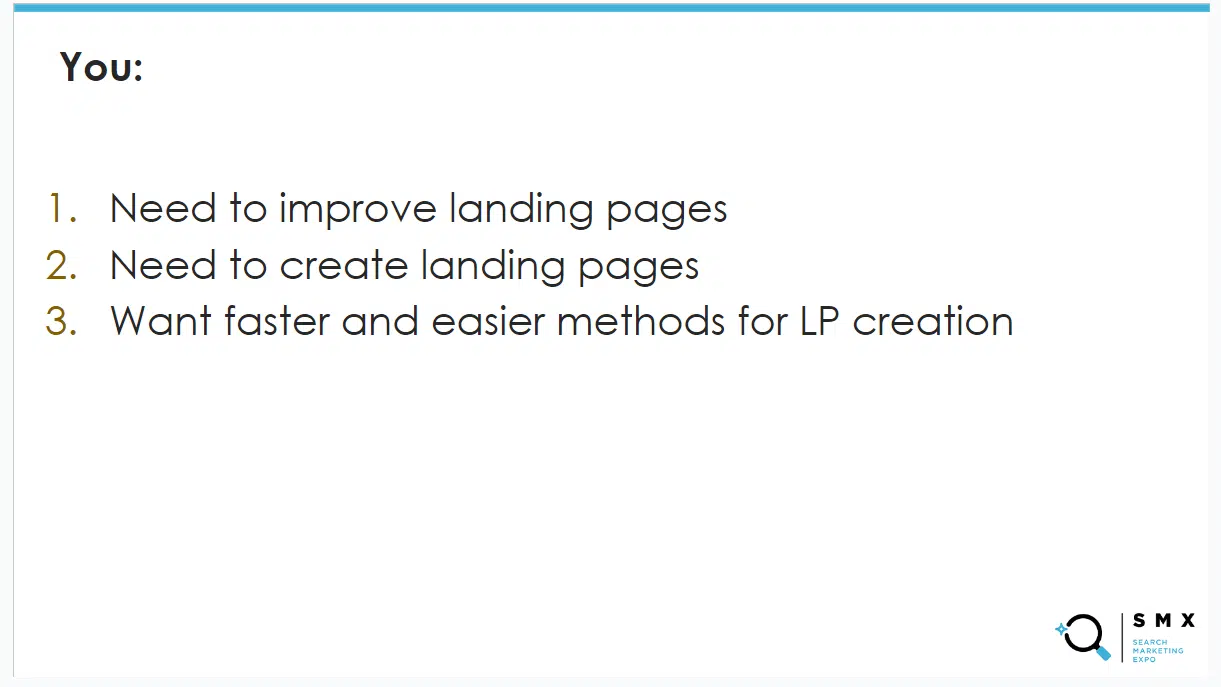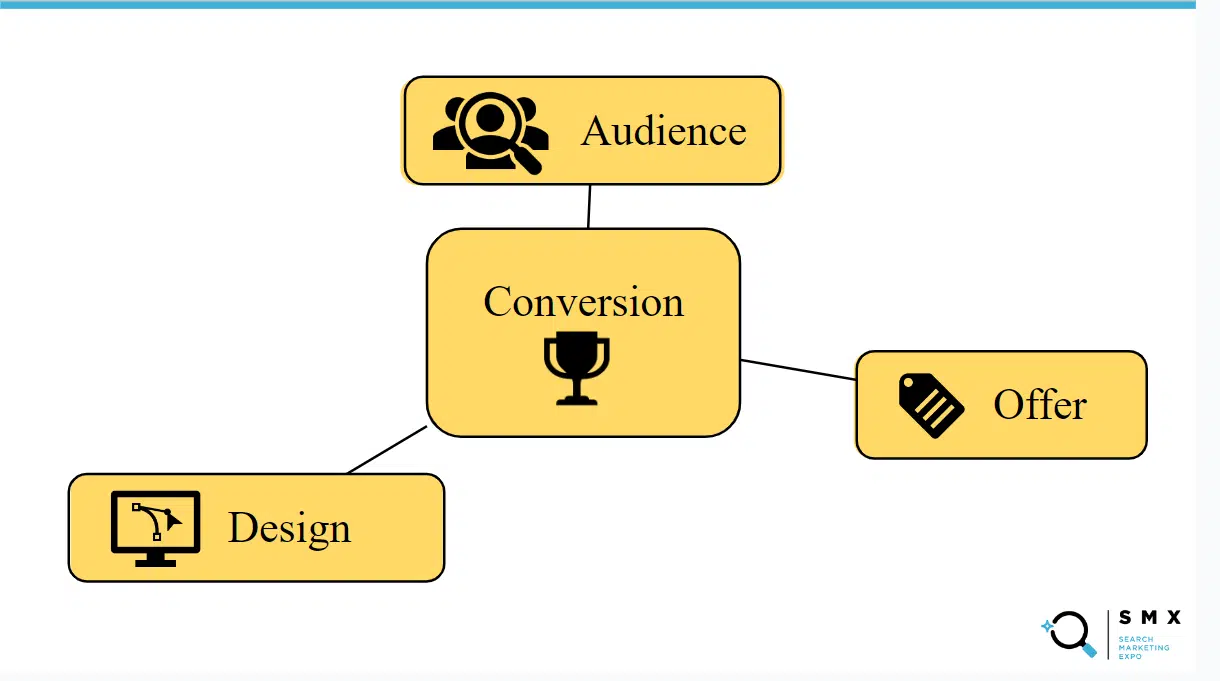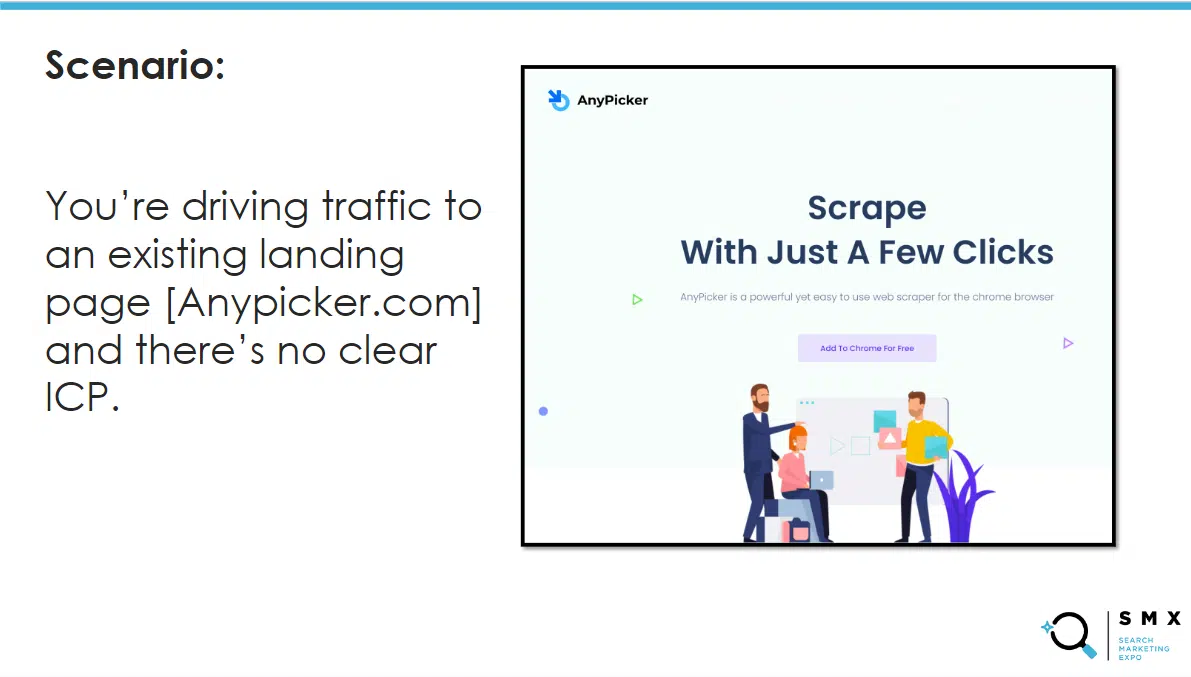3 tips to improve your conference presentations
Before you head out to speak at events in 2024, consider these tips for making your presentation the best it can be.
Many marketers speak at industry events for various reasons. Some do it to position themselves as thought-leaders, gain new clients or just because they enjoy teaching.
I’ve had the pleasure of working with many interesting marketing speakers over my 20-plus years in events. Here are a few tips for success I have developed from watching hundreds of presentations and reading tons of audience feedback. I hope these help you the next time you take the stage.
1. Don’t try to cover too much information
You can’t cover everything about search engine optimization, marketing automation or any topic in 30 minutes. It’s best to be realistic about what you can teach someone in the time allotted for the presentation.
When you try to cover too much information, you can only touch the top layer. It’s much more valuable to the viewer to go deeper into a topic and allow them to learn something they can immediately implement into their own marketing.
Narrowing your topic is crucial due to the “Forgetting Curve,” identified by psychologist Hermann Ebbinghaus. This concept, introduced in the late 19th century, explains how memory loss occurs over time. Ebbinghaus found that humans forget a substantial portion of new information within days. The likelihood of retention improves with relevance to the individual and reinforcement of the material.
Think about the two or three things you want the audience to walk away from your presentation being able to do differently or better. Then, ditch anything superfluous and laser focus on teaching those two or three things by showing examples and describing the steps to achieve them.
Dig deeper: 4 keys to digital events planning
2. Get to the point quickly
I have seen many speakers spend half of the allotted time for the presentation introducing themselves and giving a history of the topic they are presenting. I understand the need to set some context for your expertise and what you will present, but that shouldn’t take more than five minutes.
If you have done your homework and know the general level of knowledge and interests of the audience, there’s no need to give a long history on the topic. There’s a risk of losing the audience’s attention if you start talking at length about what topic you are covering and why it’s important.
If you’re lucky enough to have people take precious time away from a busy work schedule to hear you speak, they already know why your presentation topic is important and have come to you for solutions, so jump in.
Here’s an example from Brianna Miller, director of marketing and demand generation at Protenus. Her presentation at MarTech focused on marketing work management solutions. On her first slide after the title slide, she indicates exactly what will be covered and immediately starts providing clarity and solutions.

Dig deeper: How to unlock more value from your event content
3. It’s about the ‘how’ not the ‘what’ or ‘why’
This will come easily if you follow tips one and two. If you keep your topic narrow in focus and jump right into the meat of the presentation, you will naturally present information on solving the challenge your audience is facing.
Instead of talking about what topic you will cover (they read about it in the presentation description) and why it’s important, just jump to how to solve the problem.
Several presentation formats will work to deliver this kind of information. I like a step-by-step roadmap or a framework best. It’s always better to show examples and case studies of the process and how it worked to solve a real-life business problem.
Amy Hebdon, founder and managing director of Paid Search Magic, recently presented a session at SMX Next about optimizing landing pages with AI. You can see that she immediately grabs the attention of the viewer by empathizing with their needs on her third slide.

On her fifth slide, she introduces a framework she refers to throughout the presentation.

She also illustrates her points with a case study.

Keep your presentation laser-focused
When preparing a marketing presentation:
- Focus on covering just a few key points in depth rather than trying to cover too many topics superficially.
- Get to the main point quickly without spending too much time on introductions or background.
- Concentrate on providing practical guidance on solving relevant business problems rather than explaining the topic and why it matters.
By narrowing your focus, getting to the point fast and emphasizing actionable takeaways, you can deliver maximum value to your audience quickly.
Dig deeper: The secrets of successful martech event marketing
Related stories